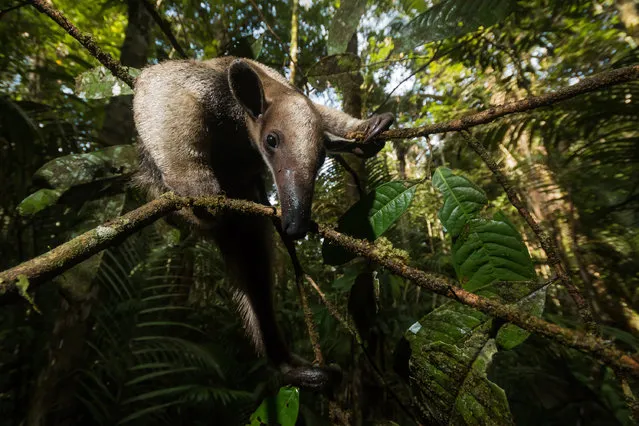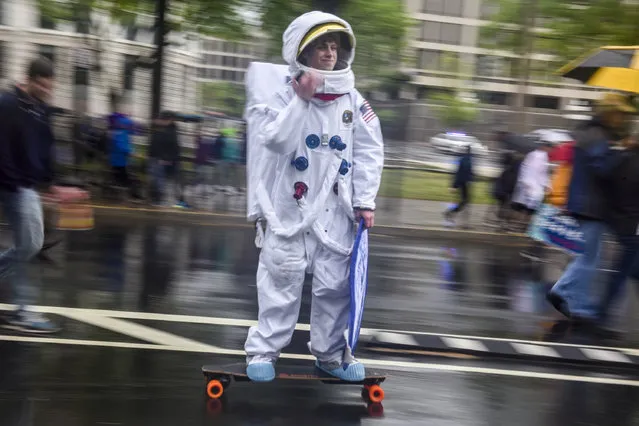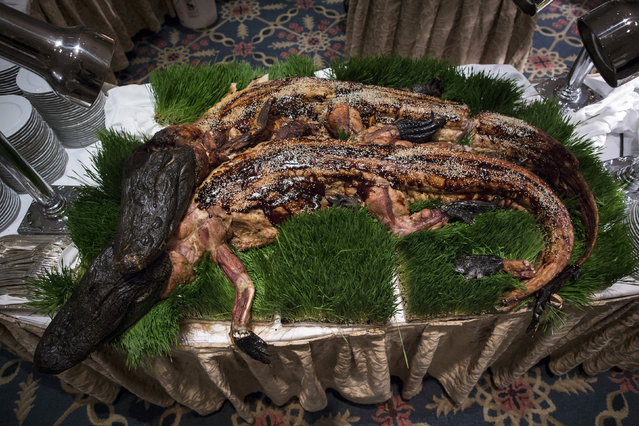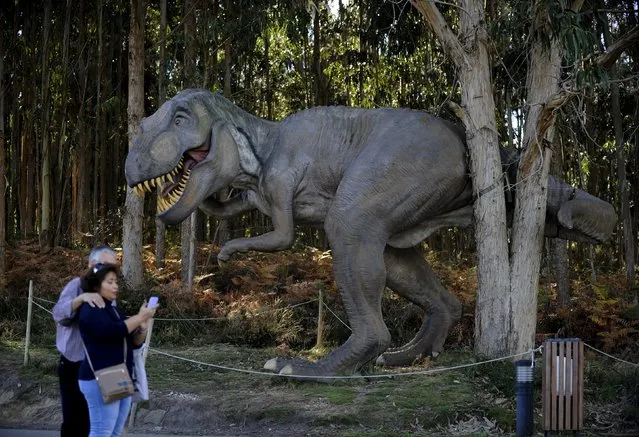
99 Steps of Progress is an illustrated series of parodies created by the Paris artist collective known as Maentis that put a clever spin on the famed scientific March of Progress drawing. A new illustration is being released in this series every day for 99 days. T-shirts, prints and more of each design are available to purchase on RedBubble.
02 Sep 2013 10:14:00,post received
0 comments







